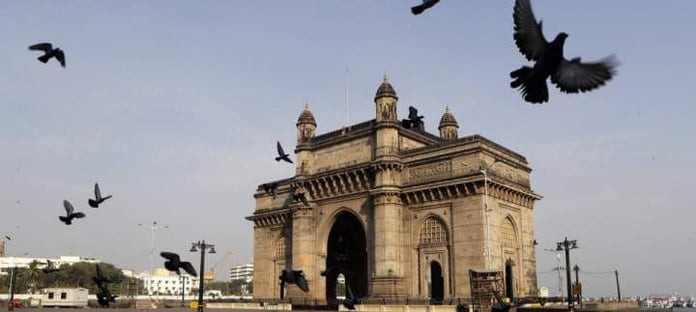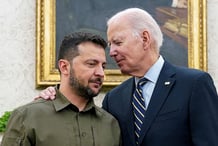
Now the Indian government has put her country in an artificial coma. For the next three weeks, a good 1.3 billion Indians are no longer allowed to leave their homes. “If we can’t make it to the next 21 days, we’ll be thrown back by 21 years,” warned India’s powerful Prime Minister Narendra Modi. “For the next 21 days, forget what it means to leave your home.” Whatever happens, people should stay at home. “Every district, every alley, every village is closed.” Incidentally, this also prohibited the protests against the government’s immigration policy.
The day before, the World Health Organization ( WHO ) had called for India’s crackdown on the coronavirus. Ashish Jha, director of the Institute for Global Health at Harvard, warned vigorously in the American media: He fears that 40 percent of Indians or more than 400 million people may become infected with Corona. This meant that 70 million people needed hospital care, including up to 20 million intensive care – no healthcare system in the world could handle such numbers. In the next few days, the Modi government plans to present a package to promote the economy.
Every day without work is a day without income
In his second speech within five days, Modi did not explain how hundreds of millions of poor should survive under these conditions. The International Labor Organization points out that 80.9 percent of workers in India are employed in the informal sector – without contracts, continued payment of wages or insurance. In Nepal, the figure is officially 90.7 percent, in Pakistan 77.6 percent. For them, every day without work is a day without income – a week, even a month, without leaving home, can hardly be survived. Opposition leader Sonia Gandhi warned Modi in a letter, especially migrants and construction workers to pay emergency wages. The four prime ministers of the states held by Congress instructed them to use social funds to support day laborers.
However, the head of Food Corporation India (FCI), the state food service, had previously said that Indian stores were bursting almost due to the good harvest. “By the end of April, we will have more than 100 million tonnes in warehouses across India, with only 50 to 60 million tonnes being used for the various welfare programs for the poor,” said DV Prasad regarding grain supplies. “There is absolutely no need to worry about rice or wheat in India.” After the export ban for some medicines and raw materials, India has now also banned the export of disinfectants, oxygen devices and fans in order to be able to supply its own population. At the same time, the government wants to support domestic pharmaceutical production with the equivalent of $ 1.3 billion,
Scientists argue whether India is already in the second or third phase of the spread of the Corona disease. Jha assumes that India already has between 5000 and 10,000 cases of infection – ten to twenty times the official figure. Most remained undetected due to a lack of tests. If the number doubles every five days as in other countries, India and its neighboring countries in South Asia are less than a month away from a situation that is no longer manageable due to the millions of sick and dead. On Tuesday, India officially counted 519 cases, Pakistan 958 and Sri Lanka 102.
The government also imposed a ban on going out in Nepal, but only until the end of the month. People can only go outside to buy medicine and food. There is also a ban in Sri Lanka. The new government, close to China, has accepted a $ 500 million bridging loan from Beijing. China is currently trying to help across Asia. His reputation has suffered massively in South Asia since Beijing is believed to have only triggered the global catastrophe because it has concealed the epidemic for too long. In Pakistan, the military monitors the restrictions in public life. Even the Afghan Taliban, who are more than skeptical of international organizations, now want to cooperate with WHO. Afghanistan officially counts 74 corona cases.
The poor in particular are now paying the bill that their governments have neglected health protection and social systems for decades. Bangladesh, Pakistan, and India officially only spend 2.4 percent, 2.8 percent and 3.7 percent of their economic output on the health of their citizens. For comparison: Italy, groaning under the disease, pays 8.9 percent.













